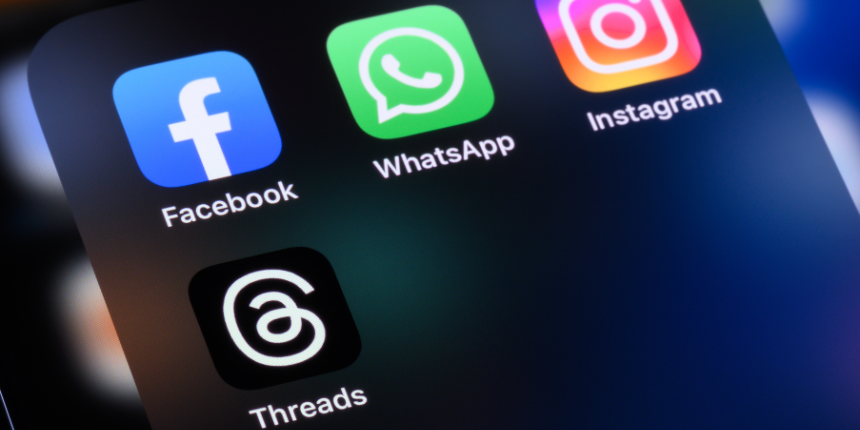
Amplify your reach and drive results with our tailored paid media strategies.

In its third admission since September, Facebook announced it has realized more errors in the way it measures engagement with video ads and links to external sites. 2016 has not been a banner year for accuracy at the internet’s second-biggest advertising player – so what does this mean for brands?
More and more, agencies and brands are leaning on Facebook metrics for digital marketing decision-making. Along with Google, Facebook made up 90% of the ad growth seen this year, and the two heavyweights pulled in nearly two thirds of all advertising revenue between them. Facebook inventory has become table stakes for advertisers seeking performance social advertising at scale, but it’s becoming clear that brands need to invest in alternate ways of measuring their campaign results.
Reporting errors uncovered this year include:
Because of these errors, many publishers may have been misled into reporting higher engagement across their links than was actually the case. For some brands, this affected not just marketing strategy, but the overall business. The importance of Facebook advertising isn’t going away, but savvy brands will need to look at additional ways of tracking performance
Track engagement by objective
For performance-based advertisers that want to acquire signups, drive purchases, or encourage downloads, there is no need to rely exclusively on Facebook reporting. Provided there is a tracking plan in place, these actions can be tracked across multiple analytics platforms and data can be compared based on how conversions are attributed (last click, first click etc.).
Subscribe to our monthly newsletter.
For brands looking to generate brand awareness, it is becoming increasingly important to move away from reach and penetration metrics of old, and towards the new-school focus on audience research and how well that audience interacts with your brand. Using the advertising methodology of measuring engagement levels while targeting the correct audience as defined by research will ensure advertising dollars are spent most effectively.
Since social engagement data on Facebook such as likes, shares, interactions etc. stand to be misrepresented or vary by network, we’re seeing an evolution of branding campaign measurement that takes on a conversion-based KPI as well. User engagement can be tracked via a combination of on-page events such as content reveals, time on site, form fill data collection, offer-based conversion points, store locator visits etc. that can be measured via additional platforms.
Emphasizing these metrics and using third-party data tracking – in addition to looking at Facebook metrics – can help brands weather any changes to KPI definitions on the advertising platform. If advertisers properly track their own conversions, and are diligent with testing, they can accurately determine the success of digital advertising campaigns and make informed decisions going forward to grow their business.
Contact DAC today to find out more!
Amplify your reach and drive results with our tailored paid media strategies.
Amplify your reach and drive results with our tailored paid media strategies.
Subscribe to our monthly newsletter.